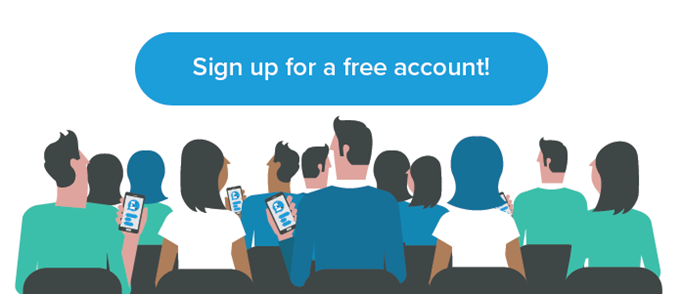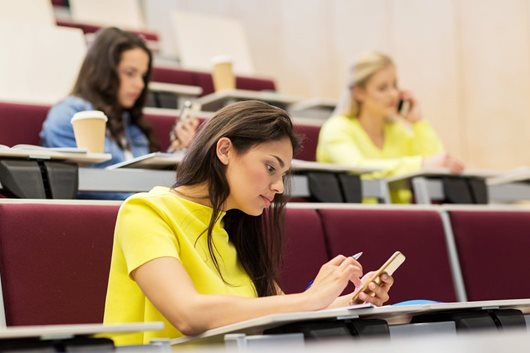Making assessments and providing feedback is a significant part of an educators role. Normally, assessments involve a lecturer or teacher assessing a student through assignments or tests and giving feedback at a later stage, with the student a largely passive participant in this feedback process. Formative assessment can help to promote feedback as a conversation rather than a monologue, allowing students and educators to better understand what has worked and what hasn’t in the moment and make necessary changes. Real time feedback can be incredibly valuable,– let’s take a look at the benefits:
Allows for personalised learning
Schools and colleges have long realised that students learn differently but personalising learning for each individual is very difficult to do in a traditional classroom set up. Working through a set syllabus with little variation also makes for very passive learning, where students simply receive information from the lecturer .
One way to make lessons more personalised is to introduce real time feedback. This allows teachers to instantly understand if students have knowledge gaps and whether more emphasis is needed in certain areas of a topic to bring students in line with each other or to meet course or class learning objectives. Real-time feedback is a great way to ensure no-one is getting left behind in enough time for intervention to turn things around. Immediate feedback can also help to avoid any nasty surprises at exam time or poor results on evaluations.
Builds better rapport between student and teacher
When students feel positive about any aspect of their study their chances of success are greatly increased, this is especially true if students have a positive relationship with their teacher or lectuer. Building rapport can be difficult, especially with large class sizes and as with learning styles, every student is different. The use of real time feedback is another method that helps teachers to make students feel they are understood and this forges a stronger bond and improves communication.
Learning self-regulation skills
Another useful bonus of using real time feedback is that students learn to better set goals and evaluate their own work. Professors and teachers can assist with this skill using learning management systems and help to identify the students who are off track and need a little extra assistance. By regularly offering real time feedback, students learn to anticipate assessments and evaluate their own work at the same time in readiness.
How to use real time feedback
The good news for educators is that incorporating real time feedback doesn’t mean an increase in planning or workload. With developments such as Vevox, a polling and Q&A app that uses Microsoft PowerPoint and students mobile devices, educators can easily incorporate technology into the classroom with minimum time and effort and maximum benefit.
Vevox for example incorporates reporting features that allow session administrators to take a higher-level view of what is working and note any topic areas or individual students that need attention by reviewing the session stats that are available as a downloadable report.
Real time feedback has positives for the students but also teaching staff and provides a non-intrusive method of regular assessment, where information is on hand that can be put to good use immediately and action taken, rather than waiting for the end of the month, topic or even the end of the term.





